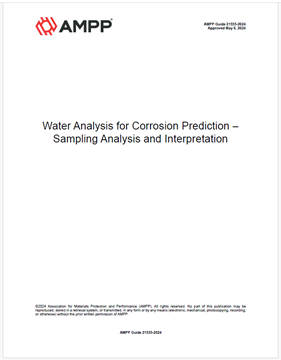Search
Products tagged with 'water chemistry'
View as
Sort by
Display
per page
AMPP Guide 21555-2024, Water Analysis for Corrosion Prediction - Sampling Analysis and Interpretation
Product Number:
AMPP Guide 21555-2024
Publication Date:
2024
$109.00
AMPP TR21544-2022, Corrosion and Mitigation Techniques for Fire Protection Piping Systems
Product Number:
AMPP TR21544-2022
Publication Date:
2022
$109.00
DTT Vacuum Vessel Cooling Circuit: Borated Water Chemistry Assessment
Product Number:
ED22-17307-SG
Publication Date:
2022
$20.00
SCC Growth Behavior Of Stainless Steels And Nickel-Base Alloys During Chemical Transients In BWR NWC Environments
Product Number:
51321-17008-SG
Publication Date:
2021
$20.00
Understanding the Effect of Water Chemistry and Surface Grinding on the Stress Corrosion Cracking Initiation of Filler Metal 82
Product Number:
ED22-17143-SG
Publication Date:
2022
$20.00





